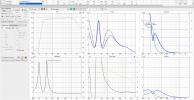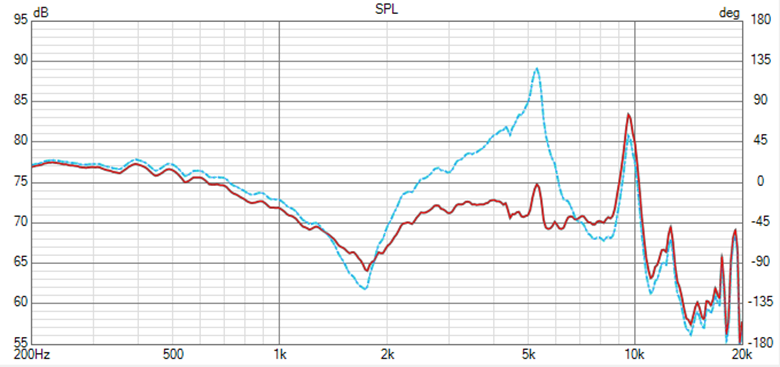Holmz
Major Contributor
Erin measured an older version of the Sointuva (meanwhile there are several versions of the LS). The sensitivity of the version Erin measured is 82.6dB (avg. 100Hz-1kHz for 2.83V measured at 1m) with an f3/f6 of 43.9/36.6Hz - see spinorama.org data section of the speaker.
Since the new version is tuned lower, its sensitivity is lower. According to the measurements published here in the thread rather at 81-82dB (avg. [email protected]@1m).
View attachment 307759
But it is perfectly normal that such a low-tuned LS with only one 6.5'' woofer has a low sensitivity - for this you don't need a subwoofer at low SPL.
If you don't have a need for very high sound pressure levels, then you get a SOTA speaker.
Only for the use as near field monitor one should wait until the vertical frequency response measurements are published, because to achieve the linear SP and PIR response in the range of the crossover frequency one has to use some kind of "constant power filter" (typical would be Butterworth 3rd order or not so typical a Linkwitz-Riley 4th order (LR4) allpass filter with shifted phase,...), which usually leads to somewhat wavier vertical frequency responses around the crossover frequency than with typical allpass filters like LR4.
In simple terms, the vertical frequency responses are "all over the place" in the crossover frequency range, but provide relatively linear vertical sound power on average.
@ctrl or @Rick Sykora
Sirs,
How would changing the XO to be first order affect things?
(Assuming I using something the Octo DAC8 to get the time <and phase> alignment.)





